What is Inbound Marketing and Why Does Your Business Need It?
Jared Law
August 28, 2018
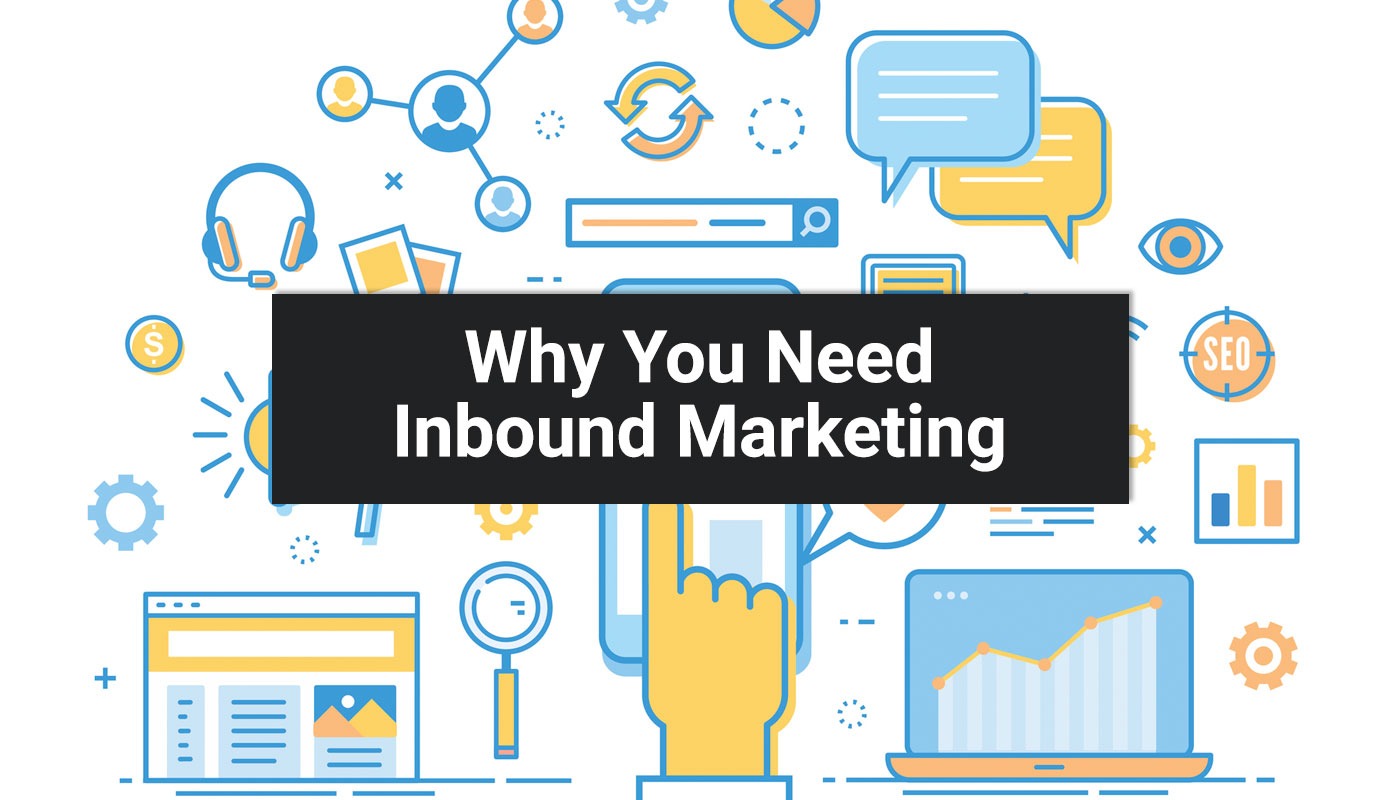
Inbound marketing is not a new “here today, gone tomorrow” marketing fad. It has been around for a very long time in different formats and variations. In fact, you have seen it in use and have likely been influenced by it your entire life.
Inbound marketing is about getting the right content in front of the right people at the right time in order to influence a buying decision.
Inbound Marketing Then and Now
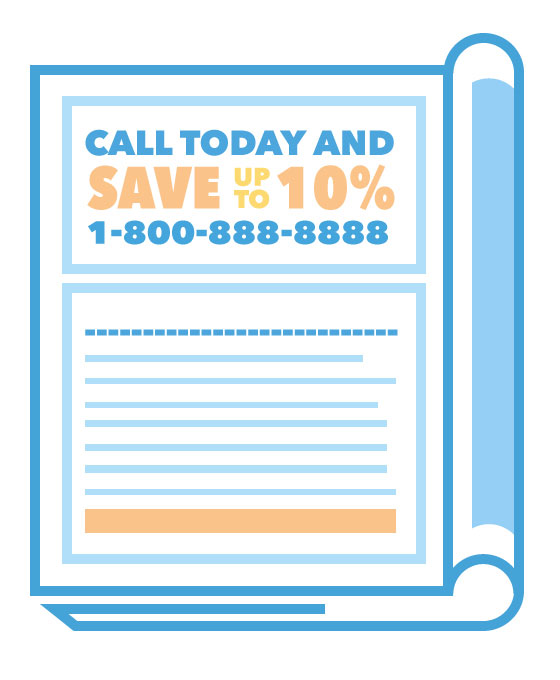
Historically, an inbound marketing strategy might include an automotive insurance ad placed within a car magazine with a special offer to call today and save up to 10% on your car insurance. A reader who sees the ad and relates to the need of insurance and/or reacts to the 10% off offer they pick up the phone and call the number listed in the ad.To receive and track the lead, your staff an inbound sales team to answer the calls and upon answering the sales person is asking where the customer heard about you or saw the special offer. Depending on how far back our historic example goes, the information collected during the inbound sales call is manually entered into a lead management system. Hopefully that system provides tools and reports for calls taken, the customer information, products they were calling about, status of the sale, and even follow up tasks.
In this classic example, your agency has targeted the consumer by positioning the ad within a subject matter that is relevant to their service or product that is being offered. The relevancy of the subject matter and the special offer both help to increase the opportunity for a sales lead. The lead comes into the business through a phone call which needs to be answered by a sales team member. While this classic example is still in use today and can provide great results, you may be able to tell that it isn’t very efficient.
The ad is placed in a subject relevant magazine, but it only really offers a phone call as the call to action. The reader will either have to call at the time of seeing the article, write the number down for later action, or try to remember which magazine the ad is in and the general location within the issue. These conditions create a higher probability of missed opportunities, decreasing the effectiveness of the ad.
To take the calls from those customers that do end up calling in, your company has to staff an appropriate number of sales team members. Unless, you’re taking the chance of someone leaving a message on a voicemail, the staffing is likely to be around the clock with a high degree of call fluctuation. This creates an opportunity for operational inefficiency as you may be overstaffing during low call periods and understaffing during high call periods.
How is inbound marketing different today?
With today’s connectivity and tools (pay-per-click ads and networks, display ads, blogs, mobile app ads, video ads, social media, etc…), a company’s ability to target, attract, track customers, and influence purchasing decisions has become much more powerful than ever before. With modern advertising service providers, marketing tools, and analytics, you can target audiences with much more accuracy and deliver ads at a much higher frequency and reach than you ever could with just a subject relevant magazine ad.
Let’s take a look at an inbound marketing example to show you what we mean.
You are a used car company that has been in business for 2 years and looking to attract new customers. You could go door-to-door telling people that you have a great selection of pre-owned cars that are priced right and quality inspected. This would be an example of outbound marketing and as you can probably guess, this approach would likely result in a bad return on investment for your time, and time is money.
Instead of going door-to-door you decide to connect with a marketing agency and invest in inbound marketing. The agency reviews your business goals and your marketing budget and develops an inbound marketing strategy that will not only find customers, but help you nurture that customer throughout the buying process.
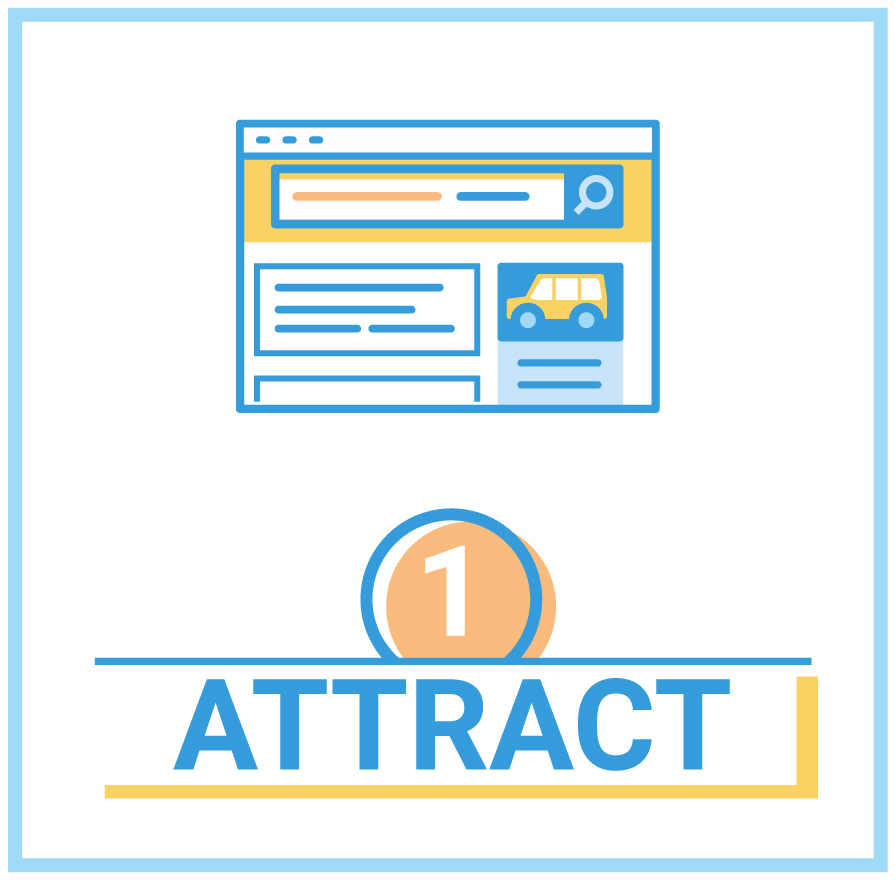
Step 1 – Attract
The first step in an inbound marketing strategy is to attract your customers. To do this the agency recommends a pay-per-click campaign with keyword phrases and ads that are aimed at your marketing goals, target audience, buying related searches, and location.Through your discussions with your agency, you decided that your marketing goal is to improve brand awareness and to get the customer to view your inventory of cars that you have available on your website. Your agency has some additional questions for you and is then off to the races with the inbound marketing strategy.
Your pre-owned car business is in Minneapolis but most of your customers are 25-40 years old and come from within a 30 mile radius. Through Google Ads, your agency configures a campaign that targets a non gender specific audience of “25-34” and “35-44” that are searching within 30 mile radius of your car lot. This will allow your ads to show to your best selling customer group within the area that is most likely to convert to a sale.
For keywords, the agency interviews you for types of vehicles that move well for you and are always in inventory. This interview is followed by keyword research to find a focused collection of keywords and phrases that are relevant to the car buyers search, your best selling and well stocked vehicles, and have reasonable search volume and cost per click. The narrow focus of keywords improves the efficiency of the pay-per-click campaign, providing a better return on initial investment.
You’re a relatively new business with a tight marketing budget in a competitive ad space. To make the most of your budget the agency’s inbound marketing strategy starts with search ads with an automated bid type of cost per viewable impressions. The agency creates several ads with a variety of titles, sub-titles, descriptions, and ad extensions that match the keywords, services, and car makes and models that are used within the designated keywords. Once approved, your campaigns and ads are up and running.
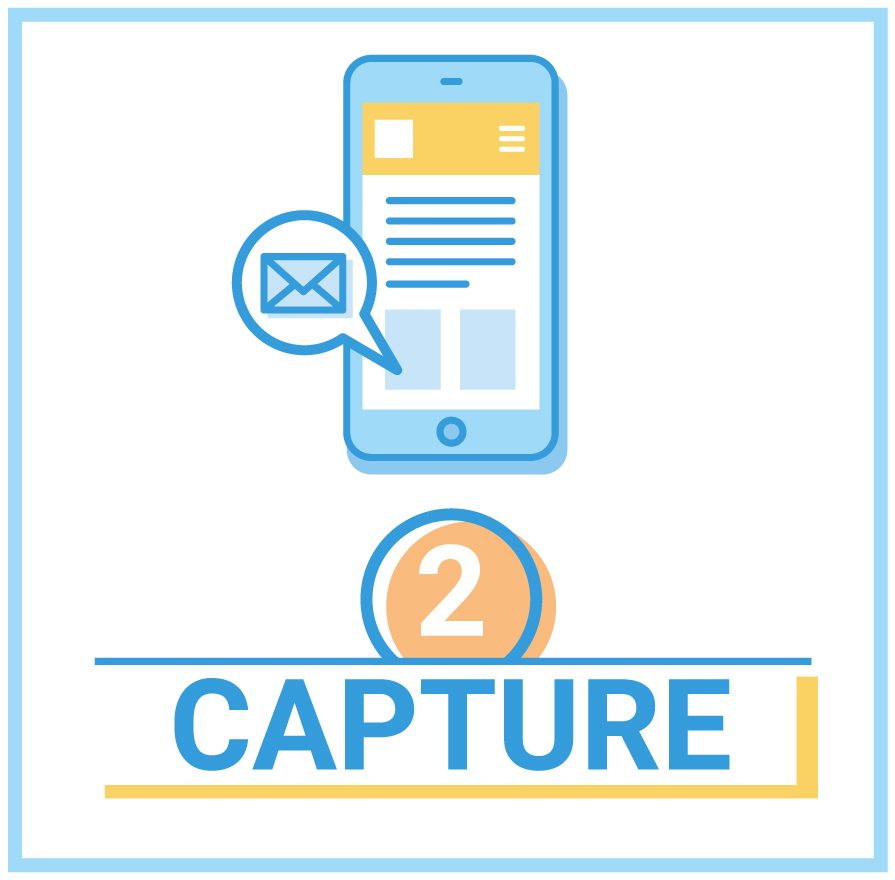
Step 2 – Capture
The second step of the strategy is to convert the increased site traffic into leads and then customers. To accomplish this, the agency has worked with your website design and content to create targeted landing pages that work in tandem with the ads they have created. The ads and landing pages for inspected pre-owned compact SUVs is doing particularly well. The landing page has matching or near matching page title and description, and is displaying your live inventory of compact SUVs.People that see a car that they want to look at are invited to stop in or to schedule an appointment via phone or a scheduling form. To handle the situation that your inventory doesn’t match the exact vehicle the potential buyer is looking for, the agency has placed a car finder request and alert signup form on the landing page.
For walk-ins, your sales team is instructed to ask each new customer how they heard about your business and mark it down in your CRM. This helps to close the tracking loop for people that saw the ad and chose to visit the lot instead of calling or clicking on the link.
Phone calls on the ads and landing pages are directed through a specific phone number that is created specifically for your ad campaigns. Mobile devices that click on the phone number or click to call actions are tracked within the ad manager. The phone number itself provides inbound call statistics for those users that see the ad on a non-mobile phone device.
Customers that click on your add are taken to the specially designed landing page featuring information that is relevant to the ad that was clicked on. The page provides a listing of vehicle inventory with exact or similar matches to the car ad they clicked on. The landing page also features a location map, call in number, and call to action buttons to schedule an appointment and car finder request and alerts.
The “schedule an appointment” form submission is entered into a database and into your CRM. The CRM creates a contact entry, a task to call the lead, and enters the email address into an automated email campaign designed to get feedback and status updates on their car buying experience/process.
The “car finder” request and “alert signup” form is also entering the submission into a database and CRM, but its entry is triggering different tasks and adding them into a different automated campaign. The CRM tasks instruct the sales team to reach out to the customer about their vehicle search and begin a search to find that vehicle within your trader and auction network. The automated campaign is designed to touch base through designated time intervals, asking about their search and providing helpful links on your site for vehicle type inventories.
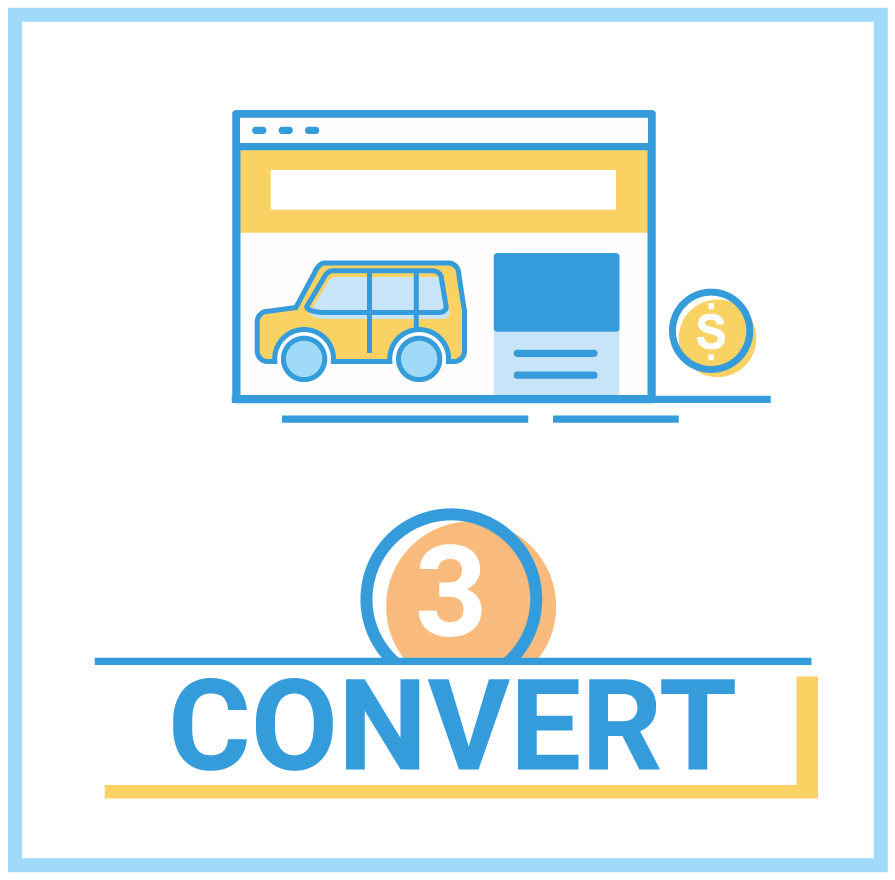
Step 3 – Convert
Your sales team has been getting great leads from the attract and capture components of the strategy. Now that the leads are in the system, the CRM tasks are working great, allowing your sales team to connect with your potential customers to set appointments and search for vehicles that match their needs. The CRM workflow has been configured to set renewing tasks at scheduled intervals that are designed to stay in front of your customers without being overbearing.The automated email campaigns are working well also, allowing you to stay in front of your potential customers and increase the number of call-backs and repeat site visits. Through targeted surveys that are included within your automated email campaigns you have learned to adjust your call scheduling and sales approach to better meet the needs of your potential customers.
Through the combined effort of improved lead handling, automated email campaigns, and customer feedback, your sales team has made more sales in less time than ever and you have made a lot of happy customers.
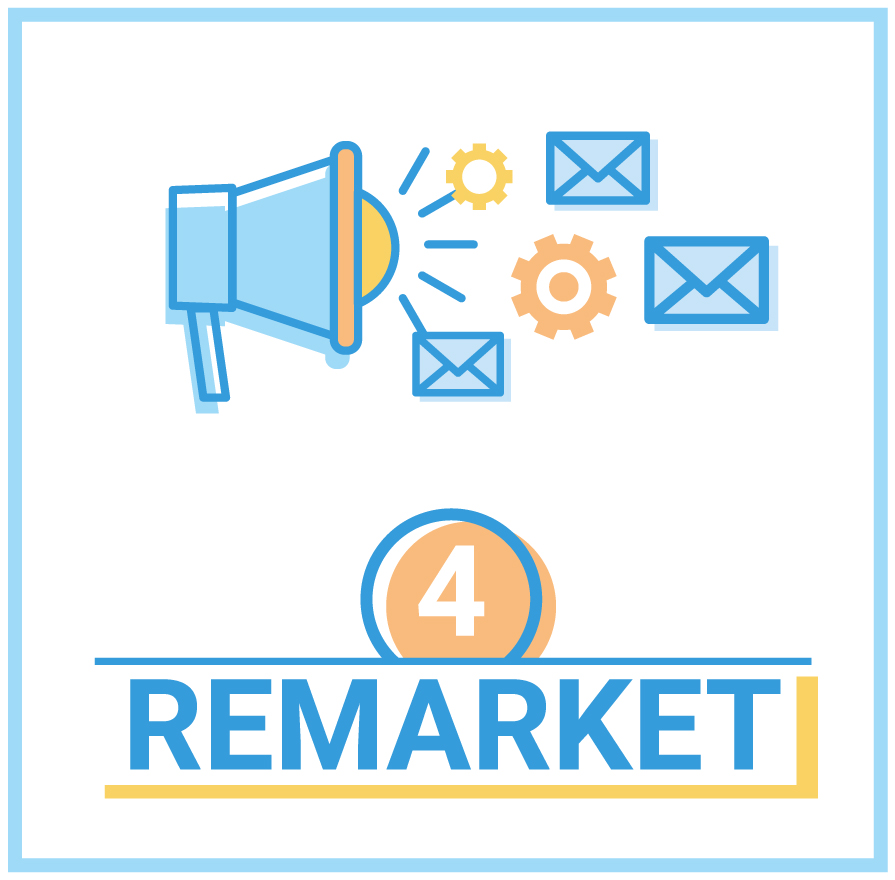
Step 4 – Remarket and Promote
The next step with your inbound marketing strategy is to re-market to the customers that you have made and the sales opportunities that you have lost. To accomplish this, the inbound marketing strategy has automated campaigns that are triggered for new customers and potential customers that are still searching.For converted customers, the automated campaign is asking them to rate and review you on google business, facebook, and yelp. An automated campaign is also configured for 6 months, 1 year and 2 years to check in on their vehicle and to remind them of a car buying referral bonus program that you and your marketing agency created. Customers that enrolled in the “car finder” request and “alert signup” are being sent notifications when a new vehicle that matches their search has become available.
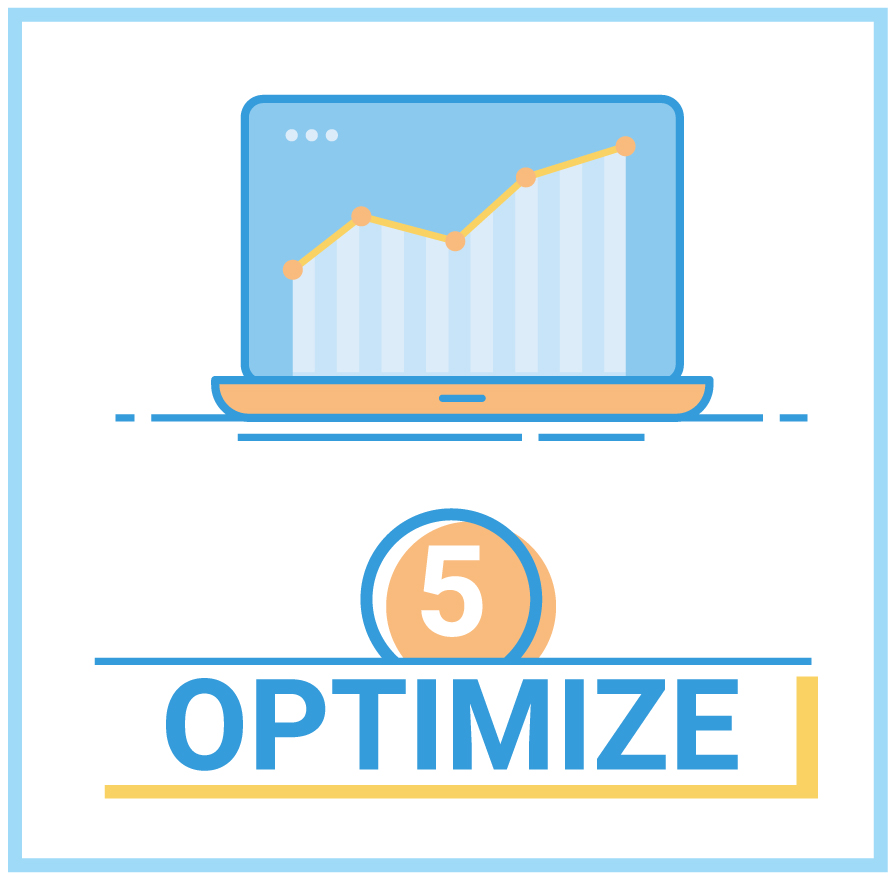
Step 5 – Review and Optimize
Now that the program has been going on for some time, you and your agency have gathered enough data to review its performance. Through your combined data you have found the results of the attract, capture, convert, and re-market inbound marketing strategy has increased brand awareness, site-traffic, lead generation, and sales to new and repeat customers. That is a lot of wins for the strategy, but there are areas that you and your agency think could be improved upon in budget, targeting, and sales process.Together you review the collected data and strategy and make adjustments to your budgets and sales process. The ad budget is increased to add a display network campaign to continue to improve brand awareness and your search campaign is adjusted to a cost per conversion bid type.
Your sales process has been adjusted to include a time-sensitivity question and task to better handle people in emergency car replacement situations. An automated campaign is created with specialized content and increased email frequency. Your CRM is adjusted for higher importance flagging on tasks and shortened call task intervals.
Inbound Marketing Results
And there you have it, a real world scenario of what inbound marketing is, how it is used, and what it can do for your business. An effective inbound marketing strategy will take time and resources to setup and manage, but its advantages and business incentives more than make up for it.
Could your business benefit from inbound marketing? If so, connect with Fuzzy Duck to see how we can help you create an inbound marketing strategy that is targeted to meet your goals, marketing budget, and sales process.